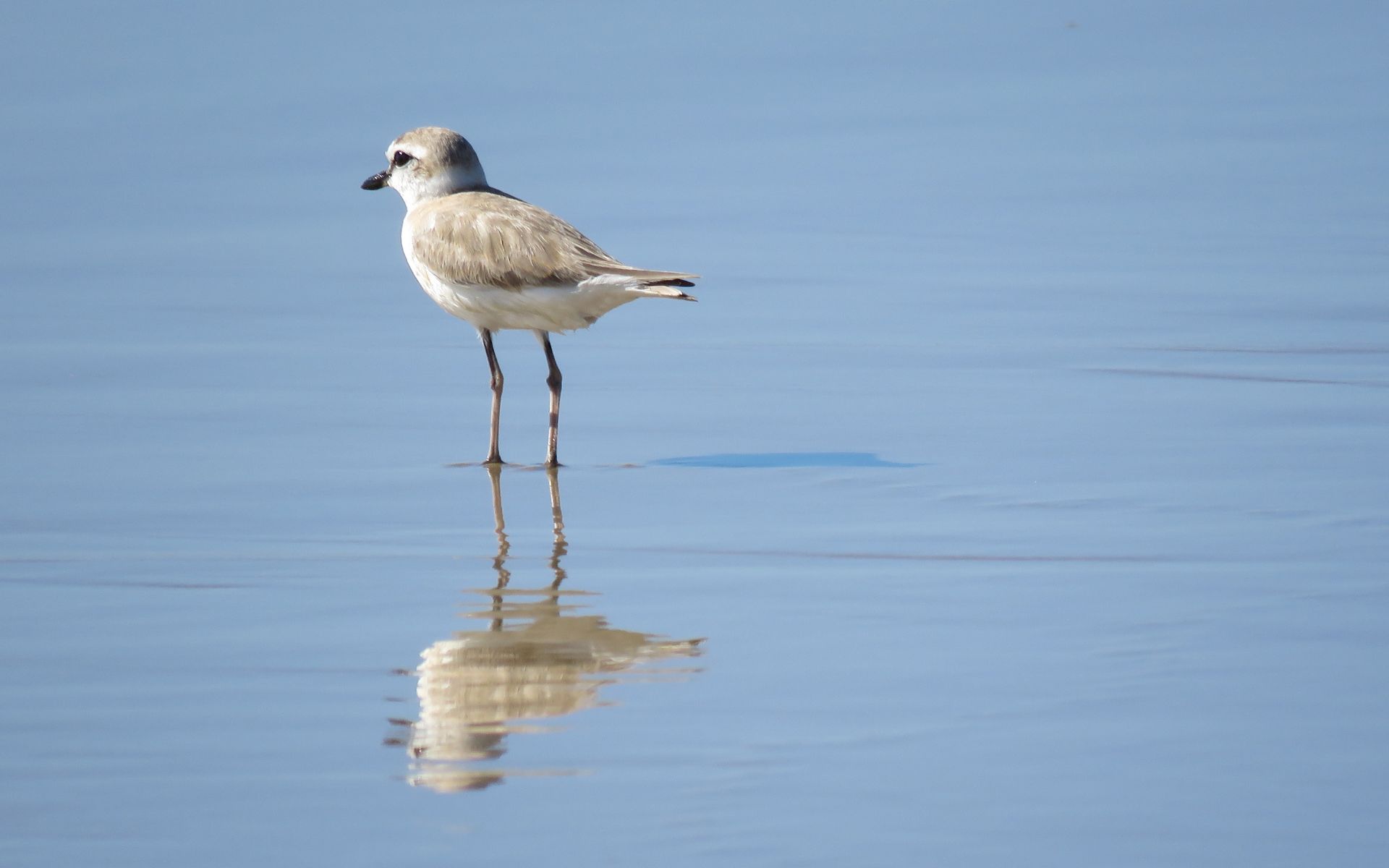The Quirimbas Archipelago, a chain of islands off northern Mozambique, offers a blend of rich history and pristine natural beauty. Ibo Island, once a bustling trading post, now invites visitors to explore its colonial architecture and vibrant culture with a backdrop of turquoise waters and coral reefs.
Must-Visit Areas in Ibo Island and the Quirimbas Archipelago
With a healthy blend of history and natural beauty, Ibo Island and the Quirimbas Archipelago are dotted with fascinating sites that you don’t want to miss. These are a couple of our favourite picks:
Quirimbas National Park: Undersea Wonders
Quirimbas National Park in northern Mozambique offers a unique blend of luxury and wilderness, ideal for travellers seeking an exclusive safari experience. Stretching across 7,500 km²/2,895 mi² of mainland and island ecosystems, the park features pristine beaches, coral reefs, and coastal forests teeming with marine life, elephants, and rare bird species. High-end lodges on islands like Ibo and Quilalea provide elegant accommodation, private beach access, and tailored activities such as dhow sailing, diving, and guided nature walks – combining barefoot luxury with rich cultural heritage and biodiversity.
Colonial Architecture: Whispers of the Past
On islands like Ibo, centuries-old Portuguese forts, mansions, and churches stand as reminders of the area’s role in East African trade routes. Many of these buildings have been thoughtfully restored, with some transformed into boutique hotels and guesthouses that blend historic charm with modern comfort. Visitors can explore cobbled streets, visit silversmiths who are still practicing traditional crafts, and enjoy guided heritage tours that reveal the islands’ layered Swahili, Arab, and Portuguese influences.
When’s the Best Time to Visit Ibo Island and the Quirimbas Archipelago?

The dry season from May to October offers pleasant weather, ideal for exploring the islands and engaging in water activities. The wet season, from November to April, brings warmer temperatures and occasional rain showers.
Animals Found in Ibo Island and the Quirimbas Archipelago

The surrounding marine environment is rich in biodiversity, featuring species such as dolphins, turtles, and a variety of fish. Bird enthusiasts can spot numerous coastal and migratory birds, including herons and kingfishers.
How to Get to Ibo Island and the Quirimbas Archipelago
Fly into Pemba Airport, which has connections from major cities. From Pemba, charter flights or boat transfers can take you to Ibo Island and other parts of the archipelago.